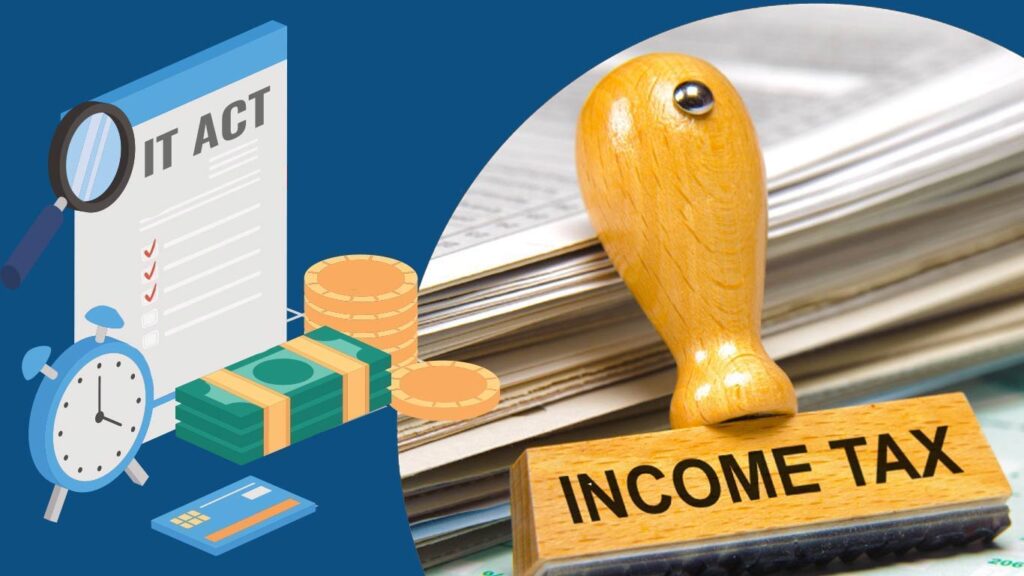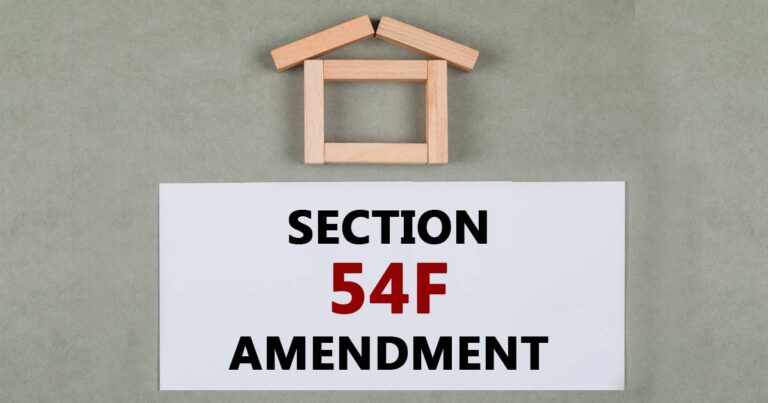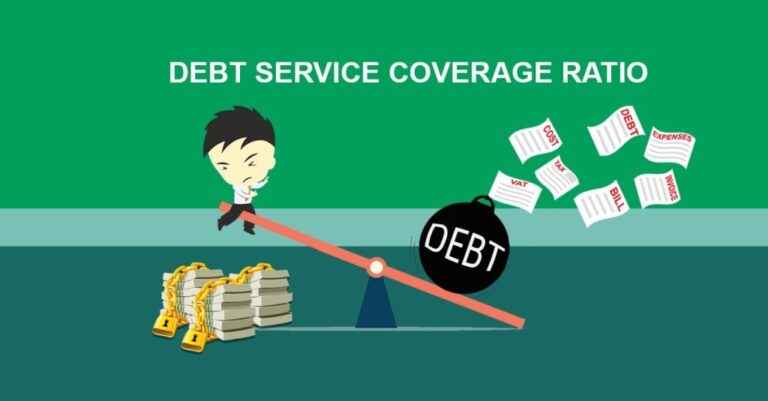The Indian Income Tax Act, 1961, the cornerstone of the country’s tax system, is currently under a comprehensive review to ensure it aligns with the evolving needs of taxpayers and the economy. Announced by Finance Minister Nirmala Sitharaman during the Union Budget 2024-25, this initiative aims to make the Income Tax Act simpler, more concise, and easier for taxpayers to navigate. Here, we delve into the objectives, structure, and expected outcomes of this substantial revision, exploring its implications for taxpayers and the tax administration.

1. Why the Income Tax Act, 1961 Needs a Review
The Income Tax Act, 1961, is over six decades old, and while it has undergone numerous amendments, it remains a complex and often cumbersome document. Key issues include complex language, high levels of litigation, compliance burdens, and redundant provisions. By modernizing the Act, the government aims to reduce the tax burden on compliant taxpayers and make the tax system more efficient.
The Finance Minister highlighted the need for this review in her Union Budget speech, emphasizing that a streamlined tax code would minimize disputes, reduce litigation, and provide clarity to taxpayers. This would ultimately foster an environment that promotes voluntary compliance and boosts economic growth.
2. Formation of 22 Specialised Sub-Committees
To ensure a thorough and effective review, 22 specialised sub-committees have been established, each tasked with examining specific areas of the Act. These committees are composed of domain experts, tax professionals, and senior officials from the Central Board of Direct Taxes (CBDT). Their collaborative approach has included numerous meetings, both in-person and virtually, where they explore and recommend improvements across various aspects of the Act.
According to Revenue Secretary Sanjay Malhotra, the sub-committees have actively engaged with stakeholders and industry experts to gain a comprehensive understanding of the practical issues faced by taxpayers and assess areas for improvement.
3. Public Involvement and Input
In a bid to encourage public participation, the CBDT launched a portal on October 6, 2024, inviting feedback and suggestions from taxpayers and stakeholders. This portal, an essential part of the review process, has so far received over 6,500 submissions. Public inputs have been requested in four key categories:
- Simplification of Language: Making tax provisions more understandable to reduce confusion.
- Litigation Reduction: Identifying provisions that often lead to disputes and making them clearer.
- Compliance Reduction: Simplifying compliance requirements for both individuals and businesses.
- Removal of Obsolete Provisions: Eliminating outdated or redundant sections that no longer serve a practical purpose.
This engagement allows taxpayers and stakeholders to contribute to the transformation of the tax code, helping shape a tax system that is fair, transparent, and straightforward.
4. Key Objectives of the Comprehensive Review
The comprehensive review aims to achieve several strategic objectives, all aimed at making the Income Tax Act more efficient and less burdensome for taxpayers. The primary objectives include:
- Reducing Litigation: The review seeks to identify and amend provisions that are frequently contested in courts. By minimizing ambiguity, the revised Act is expected to reduce the burden of litigation and improve dispute resolution.
- Enhancing Taxpayer Certainty: Simplified and clearer provisions will provide taxpayers with greater certainty about their tax obligations, helping them comply voluntarily and avoid penalties.
- Improving Compliance Efficiency: Reducing compliance requirements will save time and resources for taxpayers, allowing them to focus on productive economic activities.
- Promoting Transparency: A streamlined tax code with clear language and reduced complexity will enhance transparency, building trust between taxpayers and the government.
5. Expected Timeline for Implementation
The government has set an ambitious timeline for this comprehensive review, with Finance Minister Sitharaman aiming for completion within six months. By early 2025, the revised Income Tax Act is expected to be tabled for consideration, incorporating the insights and recommendations gathered from the public and the 22 sub-committees.
This timeline underscores the government’s commitment to swiftly and effectively reforming the Income Tax Act, allowing for a modernized tax code that can better serve India’s growing economy.
6. Potential Impact on Taxpayers
The review is expected to bring about numerous benefits for taxpayers, including:
- Reduced Burden of Compliance: A simplified Act will make tax compliance more straightforward, reducing the cost and time associated with tax filings and other obligations.
- Lowered Litigation Rates: Clearer, more precise provisions should reduce the instances of disputes, saving both taxpayers and the government time and legal expenses.
- Increased Transparency and Trust: A well-structured, transparent tax code will enhance taxpayer confidence and foster a culture of voluntary compliance.
- Enhanced Business Environment: With simplified tax laws, businesses, particularly small and medium-sized enterprises, will find it easier to comply with tax regulations, supporting economic growth and job creation.
7. Next Steps and Future Outlook
The CBDT’s internal committee, in conjunction with the public’s suggestions, is working diligently to ensure that the updated Income Tax Act is clear, concise, and conducive to economic growth. Once the recommendations are finalized, they will be reviewed by the Finance Ministry, followed by the presentation of the revised Act in Parliament.
The proposed review marks a crucial step toward achieving a tax system that is fair, predictable, and aligned with international best practices. By incorporating stakeholder feedback and addressing practical issues, the government is paving the way for a more efficient tax regime that can meet the demands of a dynamic economy.
FAQs
Q1: Why is the Income Tax Act, 1961 being reviewed?
The Act, being over 60 years old, has several outdated provisions and complex language that make compliance challenging. The review aims to simplify the Act, reduce litigation, and remove obsolete provisions.
Q2: How can taxpayers contribute to the review?
Taxpayers can submit their suggestions via the CBDT’s online portal. The government has invited feedback on language simplification, litigation reduction, compliance efficiency, and obsolete provisions.
Q3: When will the revised Income Tax Act be implemented?
The review is expected to be completed in six months. The government aims to present the updated Act for consideration by early 2025.
Q4: What benefits can taxpayers expect from the revised Income Tax Act?
The revised Act will simplify compliance, reduce litigation, enhance transparency, and foster a more favorable environment for businesses, particularly SMEs.
For detailed tax-related updates, visit SmartTaxSaver
Conclusion
The comprehensive review of the Income Tax Act, 1961, signals the government’s commitment to reforming India’s tax code to make it more taxpayer-friendly, efficient, and transparent. As taxpayers and stakeholders actively participate in this process, the updated Act promises to simplify tax compliance, reduce litigation, and foster a favorable environment for economic growth.
The success of this initiative will depend on the collaboration of policymakers, tax experts, and taxpayers alike. With its streamlined structure, the revised Income Tax Act is poised to contribute to India’s financial system by promoting clarity, reducing the compliance burden, and enhancing the ease of doing business in India.



